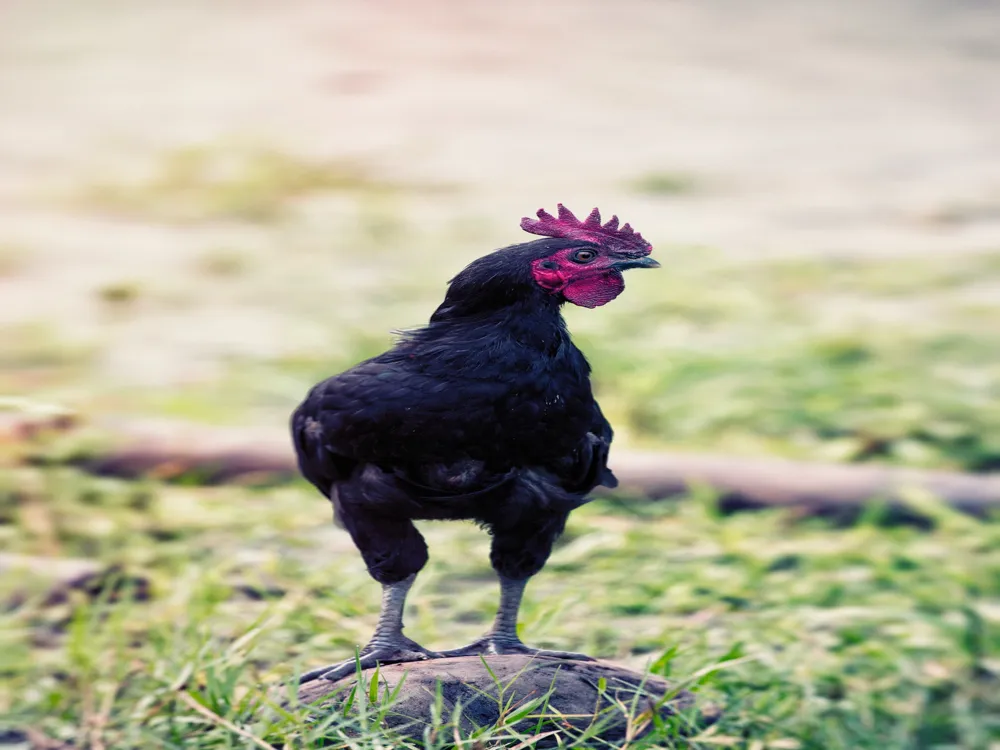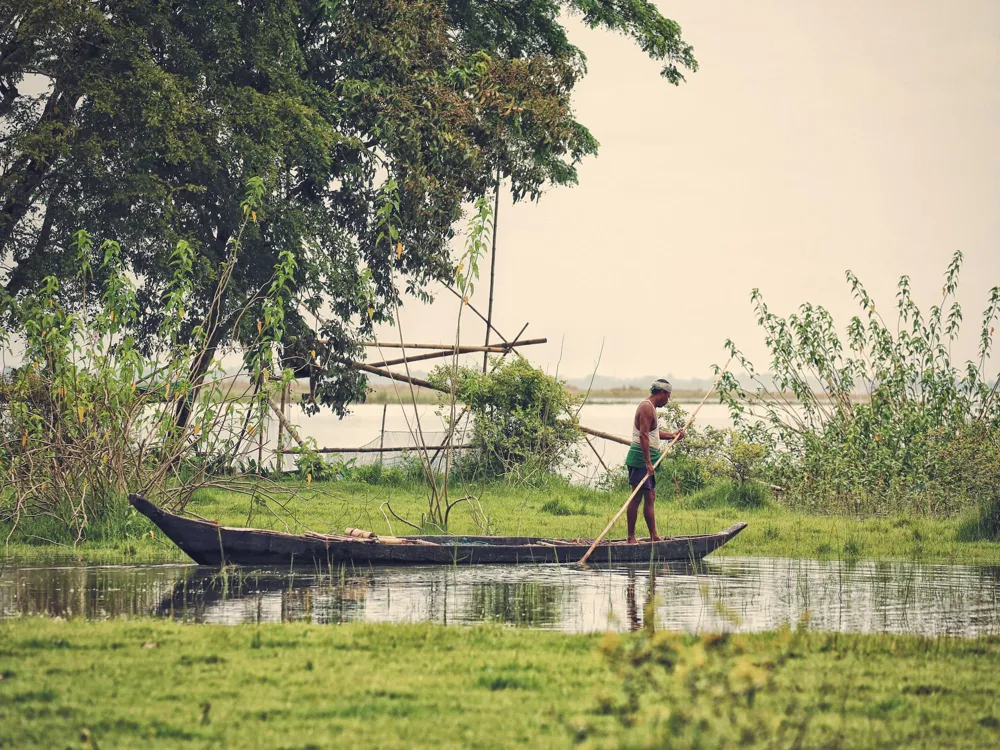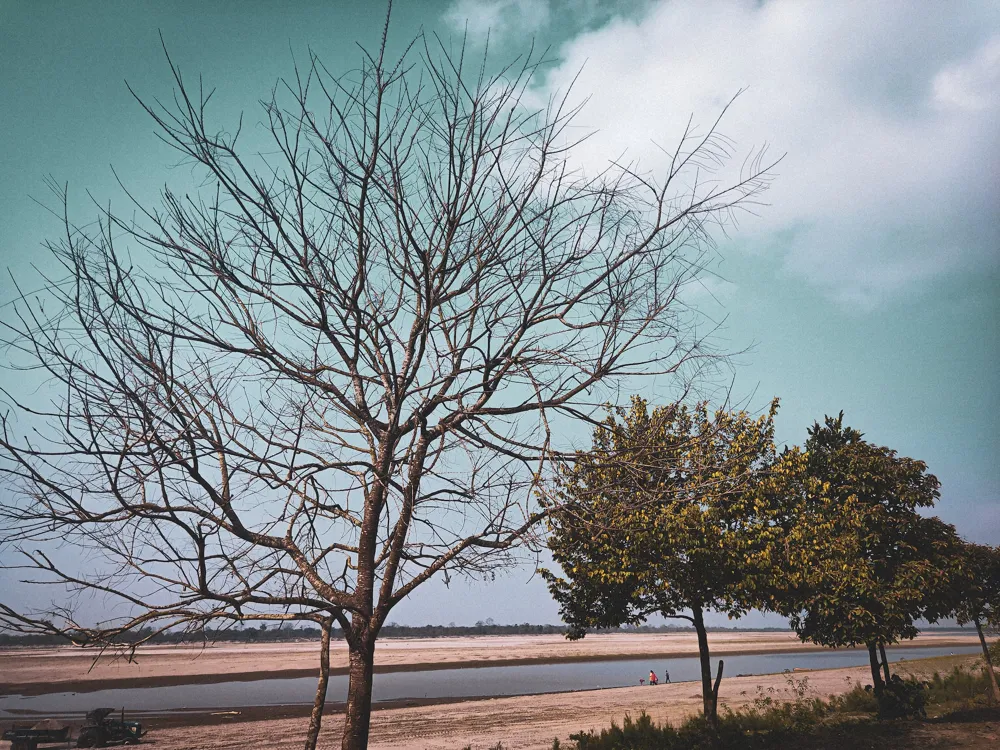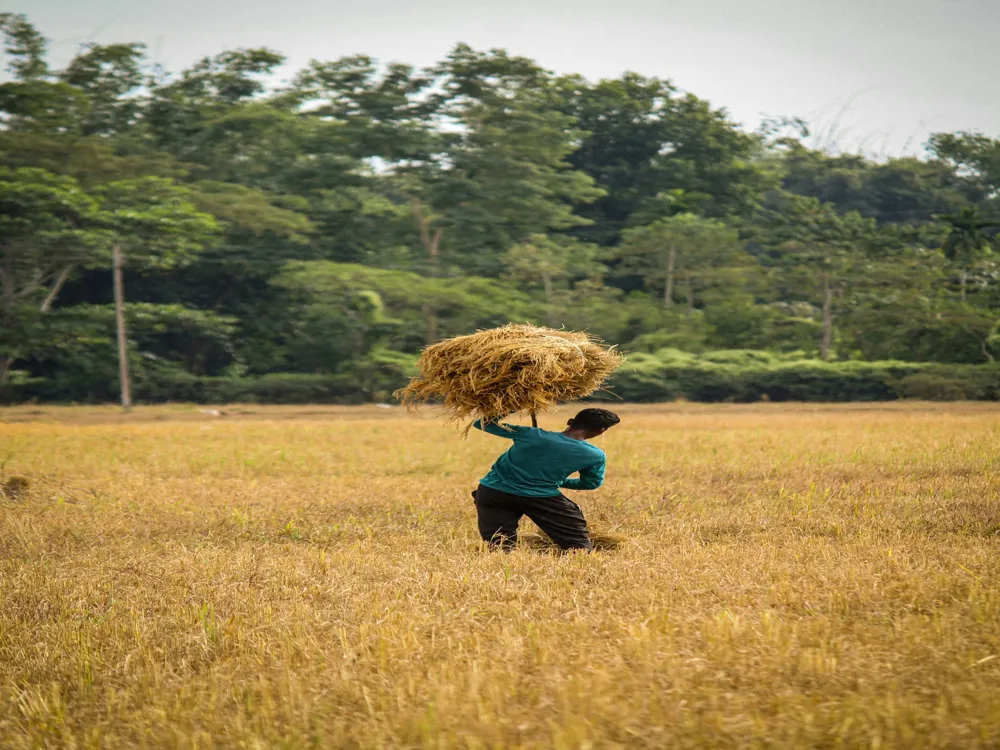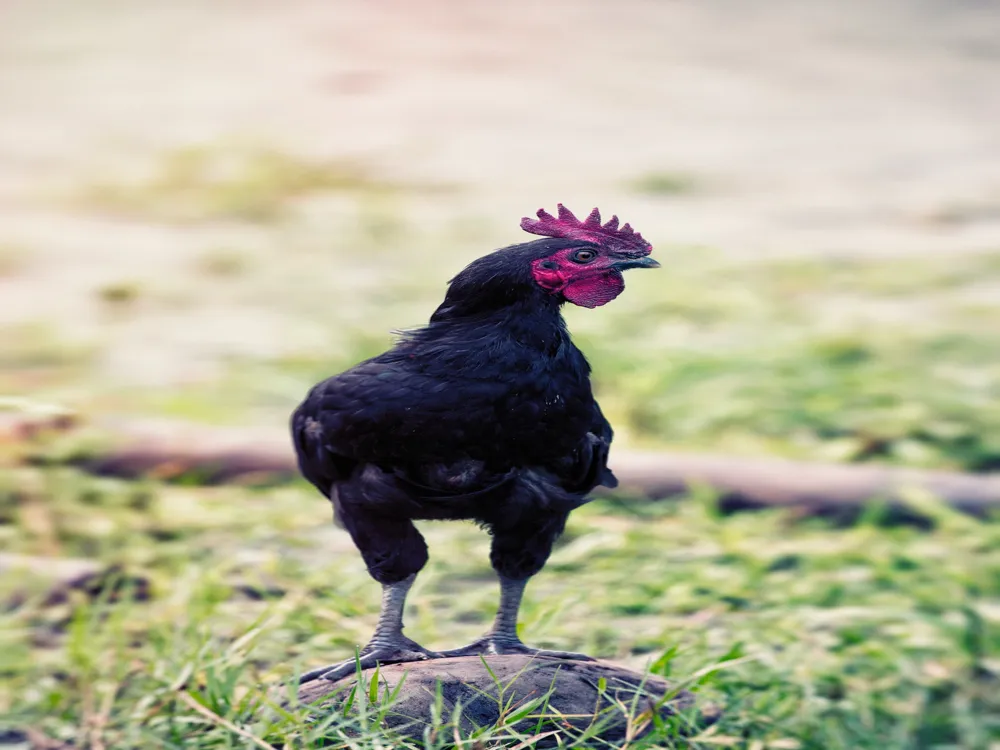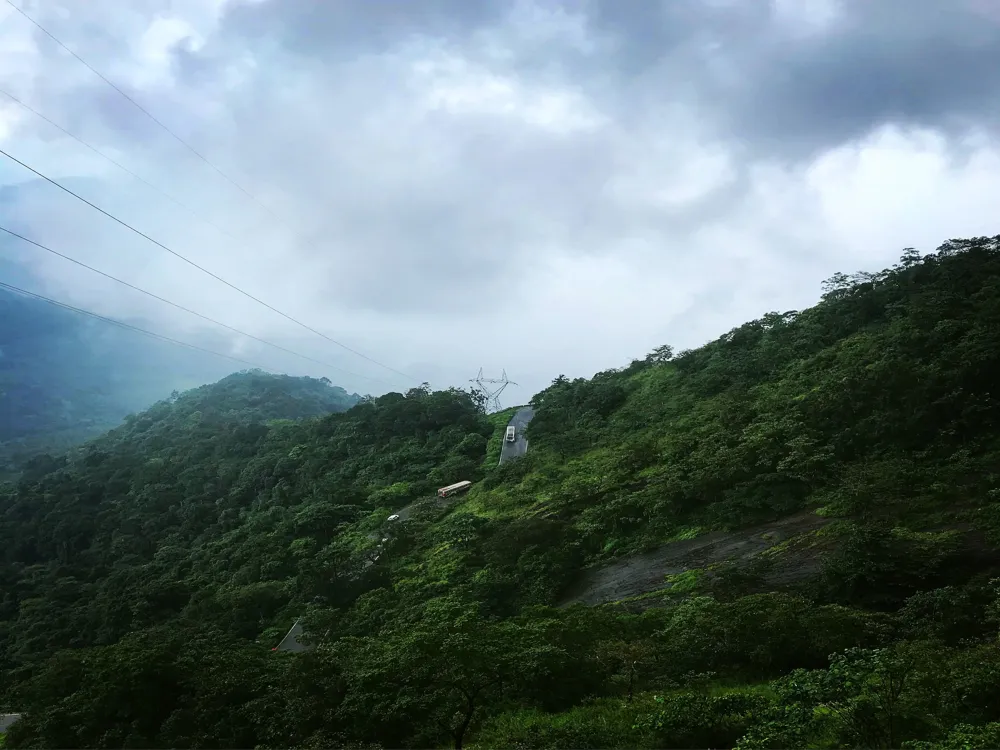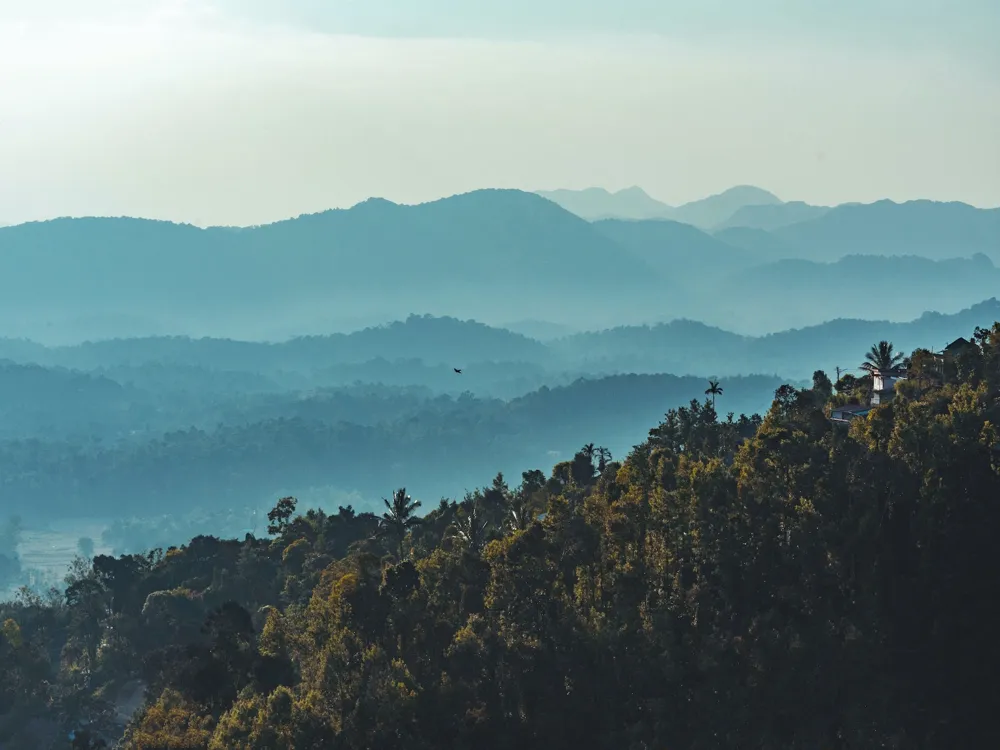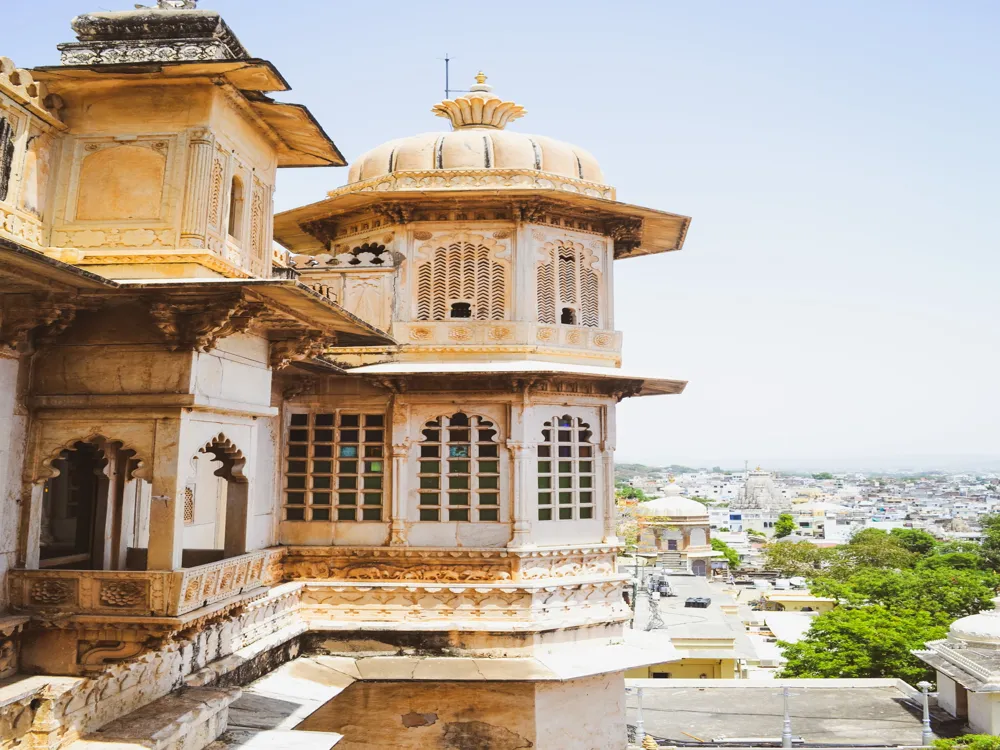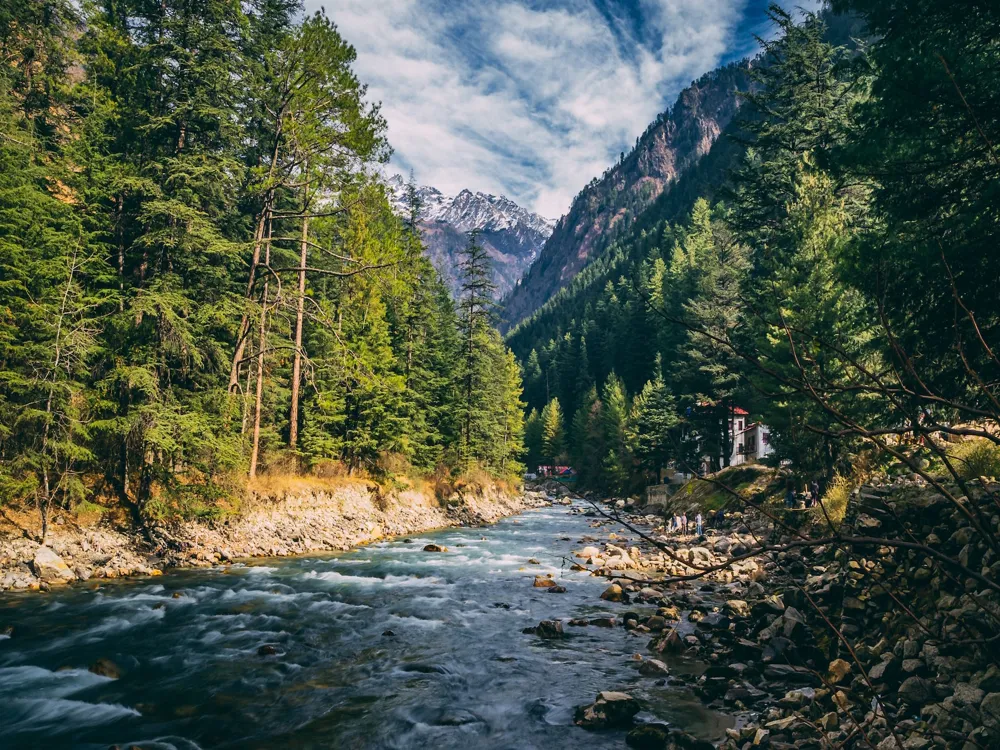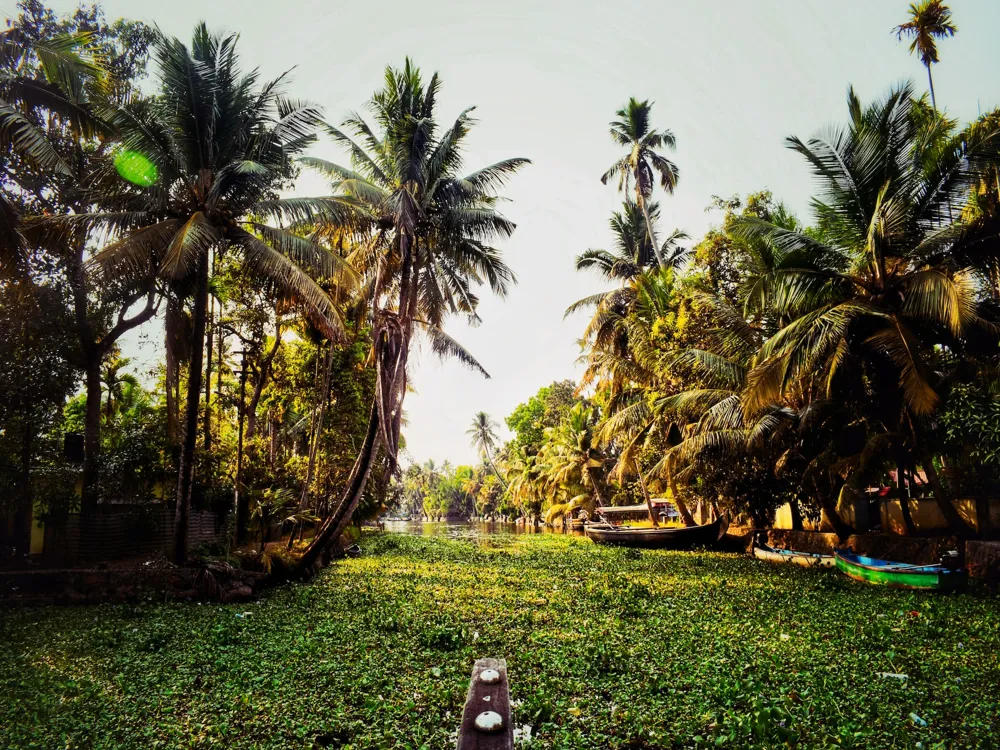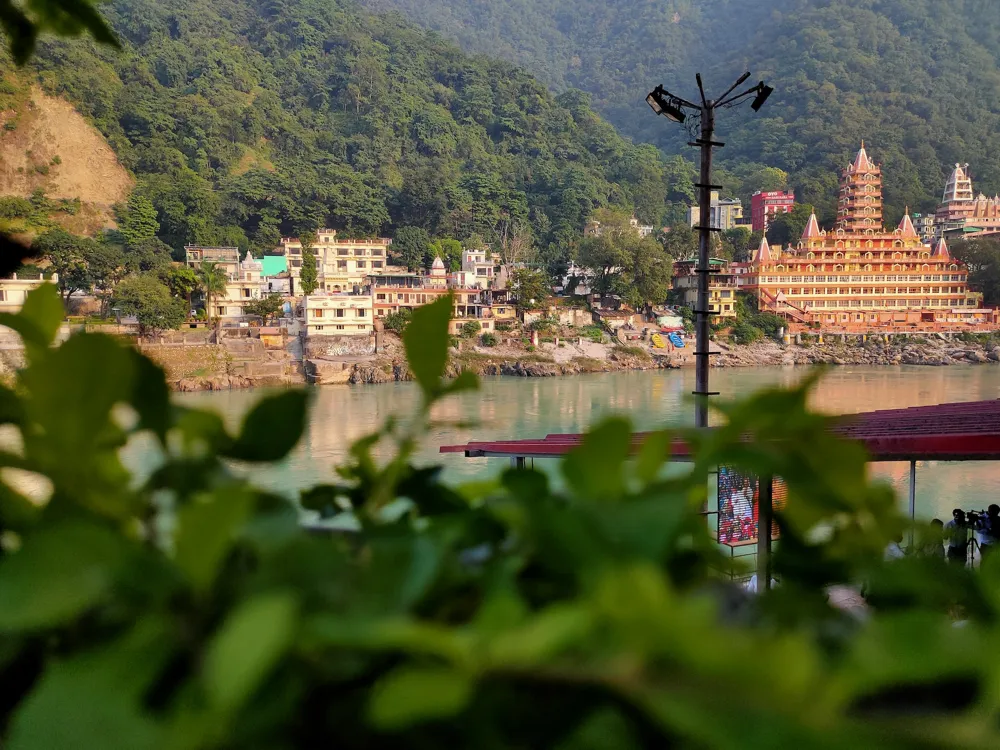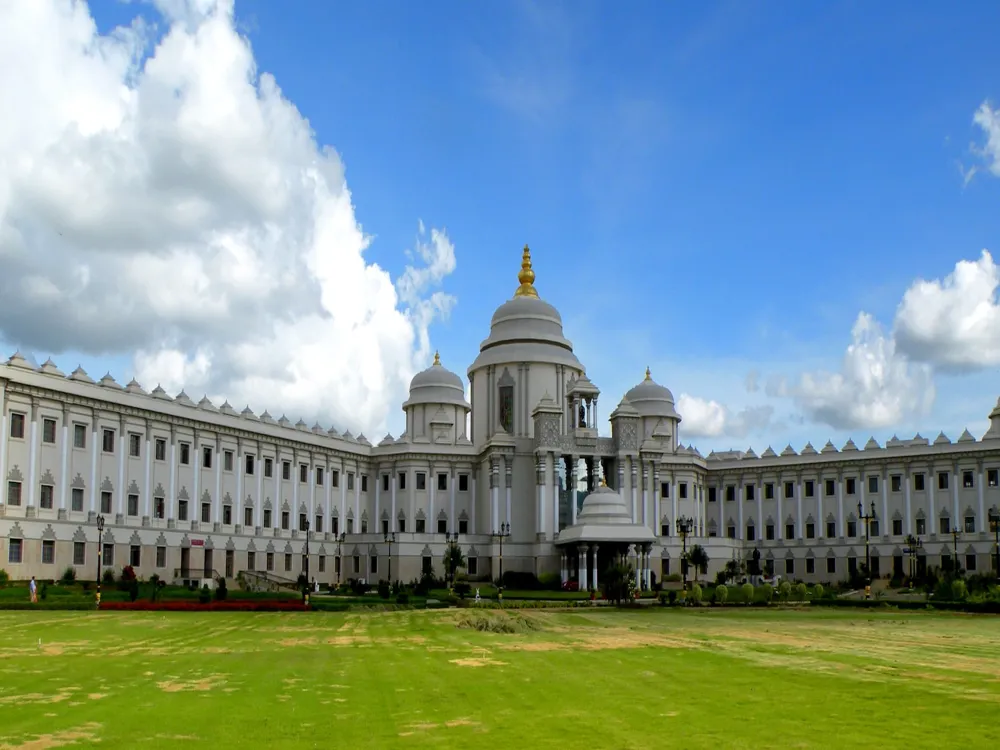Best Time to Visit Jorhat
Assam India
7 out of 28 Places to visit in Assam₹ 6,000 onwards View Packages
Get Customized PackagesThe Land of Diversity
Top Hotel Collections

Private Pool

Luxury Hotels

5-Star Hotels

Pet Friendly
What is the Best Time to Visit Jorhat?
Planning a trip to Jorhat? Choosing the right time to visit is crucial to ensure you make the most of your experience in this vibrant city. Jorhat, located in the northeastern state of Assam, India, boasts a rich cultural heritage, lush landscapes, and diverse attractions. In this comprehensive guide, we'll delve into the intricacies of the best times to visit Jorhat, catering to every traveler's preferences.
More about Best Time to Travel to Jorhat
Travel Peak Season in Jorhat
The peak season in Jorhat typically spans from November to March. During this time, the weather is pleasant, with temperatures ranging from a comfortable 10 to 25 degrees Celsius. This period is ideal for exploring Jorhat's cultural gems, such as the historic Kamakhya Temple and the renowned Tocklai Tea Research Institute. The clear skies and mild temperatures create a perfect setting for outdoor activities, making it a favorite among tourists.
Travel Offseason in Jorhat
On the flip side, the offseason in Jorhat occurs during the monsoon months from June to September. While the weather may be unpredictable, with occasional rain showers, this period offers a unique charm. The lush greenery comes alive, and the rain-washed landscapes create a picturesque backdrop. Travelers seeking a quieter experience and lower accommodation costs may find the offseason appealing.
Jorhat Travel Packages
View All Packages For Jorhat
Jorhat in Shoulder Season
The shoulder seasons of April to May and October provide a balanced compromise between the peak and offseasons. During these months, Jorhat experiences transitional weather, making it an excellent time for budget-conscious travelers. The temperatures are moderate, offering comfortable conditions for exploration without the crowds typical of peak season.
Jorhat in Hot Season
The hot season, extending from April to June, brings warmer temperatures to Jorhat. While daytime temperatures can rise, making outdoor activities challenging, the evenings provide relief with cooler breezes. This period is suitable for travelers who don't mind the warmth and want to explore the city's attractions at a more leisurely pace.
Jorhat in Rainy Season
Embracing the rainy season from June to September opens a different perspective of Jorhat. The occasional showers add a refreshing touch to the surroundings, making it an excellent time for nature enthusiasts. The Dhekiakhowa Bornamghar and the Gibbon Wildlife Sanctuary are particularly enchanting during this period.
Jorhat in Cool Season
The cool season, from October to March, marks the onset of winter in Jorhat. This is the peak tourist season, drawing visitors with its mild temperatures and clear skies. The Majuli Island, one of the largest river islands globally, is a must-visit during this time, offering a tranquil retreat amid the Brahmaputra River.
Places To Visit In Jorhat
Nearby Places Jorhat
Jorhat Photos
View All Photos For JorhatBrowse Package Collections
Browse Hotel Collections
Faq
Q: What is the best time to visit Jorhat?
A: The ideal time to visit Jorhat is during the winter months, from November to February. The weather is pleasantly cool, making it perfect for exploring the attractions without the discomfort of extreme temperatures.
Q: Is monsoon a good time to visit Jorhat?
A: While the lush greenery during the monsoon (June to September) is appealing, heavy rainfall may disrupt outdoor activities. If you enjoy the monsoon ambiance, it could be a unique experience, but be prepared for intermittent showers.
Q: Are there any festivals that make visiting Jorhat special?
A: Yes, the Bihu festival in April is a vibrant celebration of Assamese culture. If you're interested in cultural experiences, this can be a great time to immerse yourself in the local traditions and festivities.
Q: What should I pack for a trip to Jorhat?
A: Light cotton clothing is advisable, especially during summer. However, don't forget to pack a light jacket for cool evenings, and if you plan to visit during monsoon, waterproof gear is essential. Comfortable walking shoes are recommended for exploring the town and its attractions.
Q: Is Jorhat suitable for outdoor activities throughout the year?
A: Outdoor activities are best enjoyed during the winter season when the weather is mild. Whether it's exploring the tea gardens, visiting historical sites, or taking nature walks, the pleasant temperatures make outdoor excursions more enjoyable.

